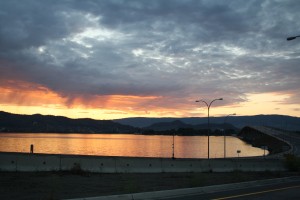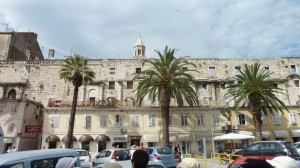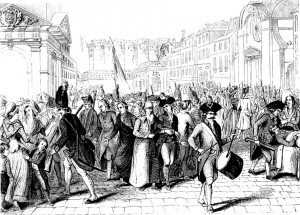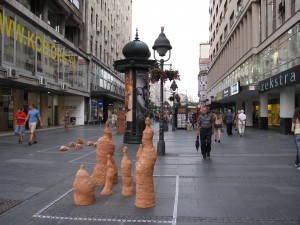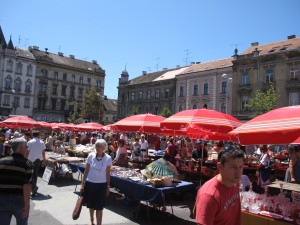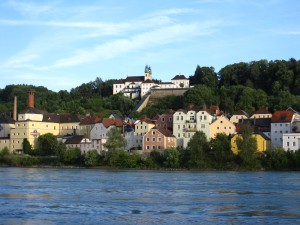In our group discussions we were addressing Max Weber’s “The Nature of the City,” in particular, we were debating about the question “Does Kelowna satisfy Weber’s definition of what a city is.”
At first glance, Kelowna satisfies most of Weber’s major attributes of a city; it has a court and partially autonomous law, and it is partially self-governing due to municipal elections. Kelowna also has a much larger connection to its hinterland than most modern cities because it is based on the tourism of its lakes, mountains and wineries. Kelowna has all of the properties that Weber mentions with the exception that Kelowna does not have a fortress or garrison. Kelowna has no surrounding walls, no great military base and no other major defense system to speak of. With this in mind, according to Weber, is Kelowna still not considered a city because it is lacking fortification?
In our group we delved into this topic and realized that Kelowna does indeed have a defense system in place, just not in the way that one might expect. While Kelowna may not have physical walls surrounding the city, the natural environment provides its own defense structure. If Kelowna were under attack, the city needs only to cut off access to the roads in and out of the city. By shutting down the bridge and blocking off the road to Vernon, there is virtually no direct access to Kelowna, except from boat or plane. Kelowna is also built into a natural valley; the mountains and lake surrounding the city form a natural defense against enemies. There is no protection from an aerial attack, but even with city walls that would be next to impossible to prevent.
In this respect, our group decided that Kelowna can, and should, have city-status.

